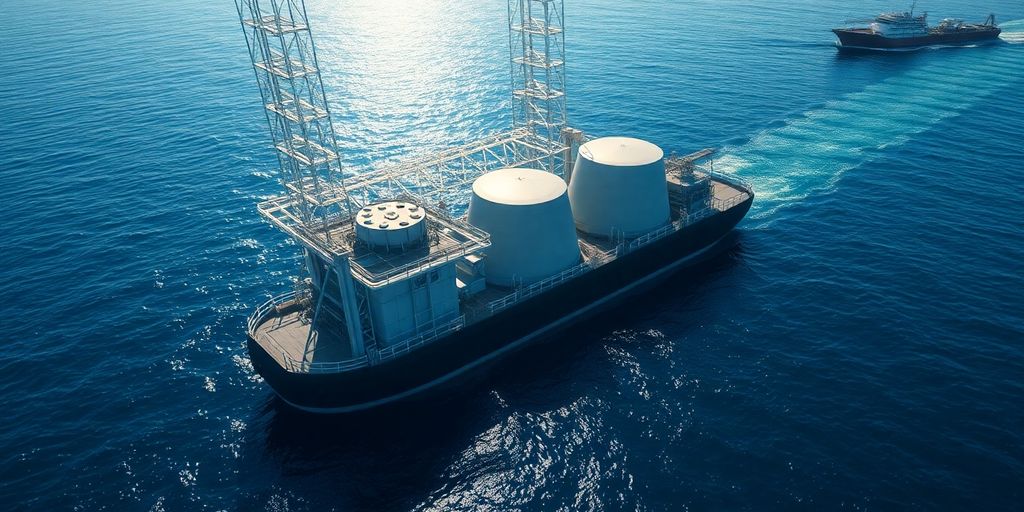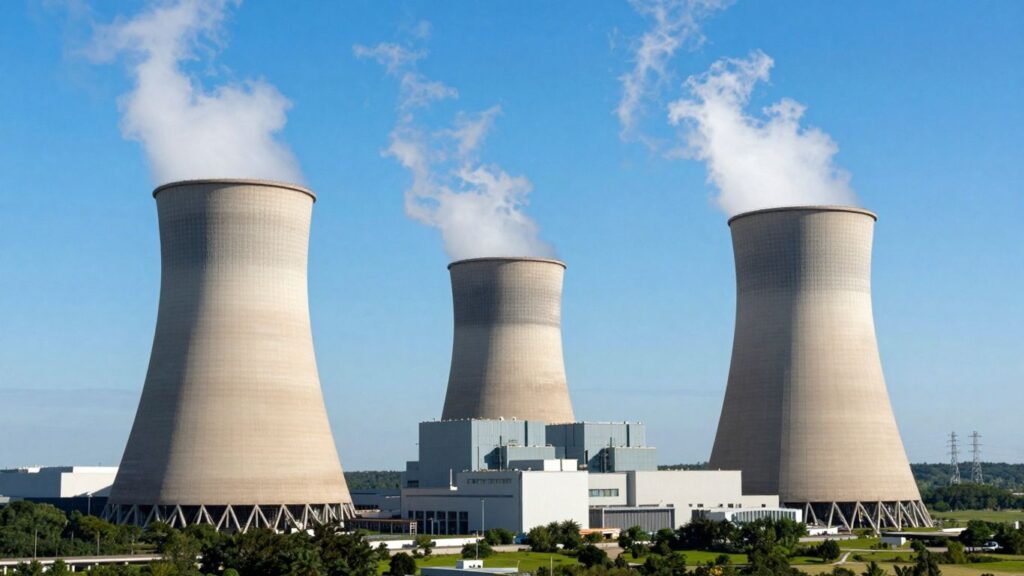A New Wave of Nuclear Power: Floating Plants Set to Revolutionize U.S. Energy
Core Power and Glosten have joined forces to develop the first floating nuclear power plants (FNPPs) for deployment in the United States. This innovative approach aims to provide a scalable, cost-effective, and zero-emission energy solution, particularly for port facilities and industrial applications. The partnership signifies a significant step towards modernizing nuclear energy infrastructure and addressing decarbonization goals.
Key Takeaways
- FNPPs offer a more efficient way to scale nuclear energy through centralized manufacturing and transportable barge-based units.
- The technology promises reliable, zero-emissions power, addressing the marine industry’s push for decarbonization.
- FNPPs are designed to be shipyard-manufactured and mass-assembled, leading to faster delivery and lower costs compared to land-based plants.
- Offshore placement enhances safety, providing immunity from natural disasters like earthquakes and tsunamis.
The Vision for Floating Nuclear Power
Core Power, a U.K.-based company with a focus on advanced nuclear energy for maritime and heavy industry, is spearheading the development of these FNPPs. The company believes that by manufacturing these plants in shipyards, they can significantly reduce the high civil construction costs associated with traditional land-based nuclear reactors. Mikal Bøe, CEO of Core Power, highlighted that nuclear fission is a well-understood process that provides a safe, reliable, and on-demand energy source without greenhouse gas emissions. He further stated that FNPPs can solve the electrification challenge for ports, creating local energy security and offering flexible power for local grids, heating, cooling, and electric vehicle charging.
Glosten’s Role in Design and Practicality
Glosten, a renowned naval architecture and marine engineering consultancy with over 65 years of experience, is tasked with translating Core Power’s vision into a practical design. Morgan Fanberg, CEO of Glosten, emphasized their role in ensuring the design demonstrates the practicality of providing reliable, zero-emissions nuclear power to port facilities, with a clear path to regulatory approval. Glosten is undertaking a thorough and deliberate approach, conducting necessary risk-based assessments to maximize safety and consider implementation practicalities. The initial concept is designed to serve a nonspecific port in the southern United States.
Global Precedents and Future Potential
This initiative in the U.S. follows advancements in floating nuclear technology elsewhere. Russia’s Akademik Lomonosov, the world’s first FNPP, has been operational since May 2020, providing power to the isolated Arctic network. Rosatom, the plant’s owner, has plans for further deployments, including one at an Arctic mining site. Core Power’s FNPPs are seen as a game-changing technology, enabling rapid deployment to meet urgent energy needs and supporting countries in achieving their decarbonization goals. The offshore nature of these plants also offers inherent safety advantages, being immune to seismic activity and tsunamis.
Sources
- Core Power, Glosten partner to develop U.S. floating nuclear plant — ANS, American Nuclear Society.












